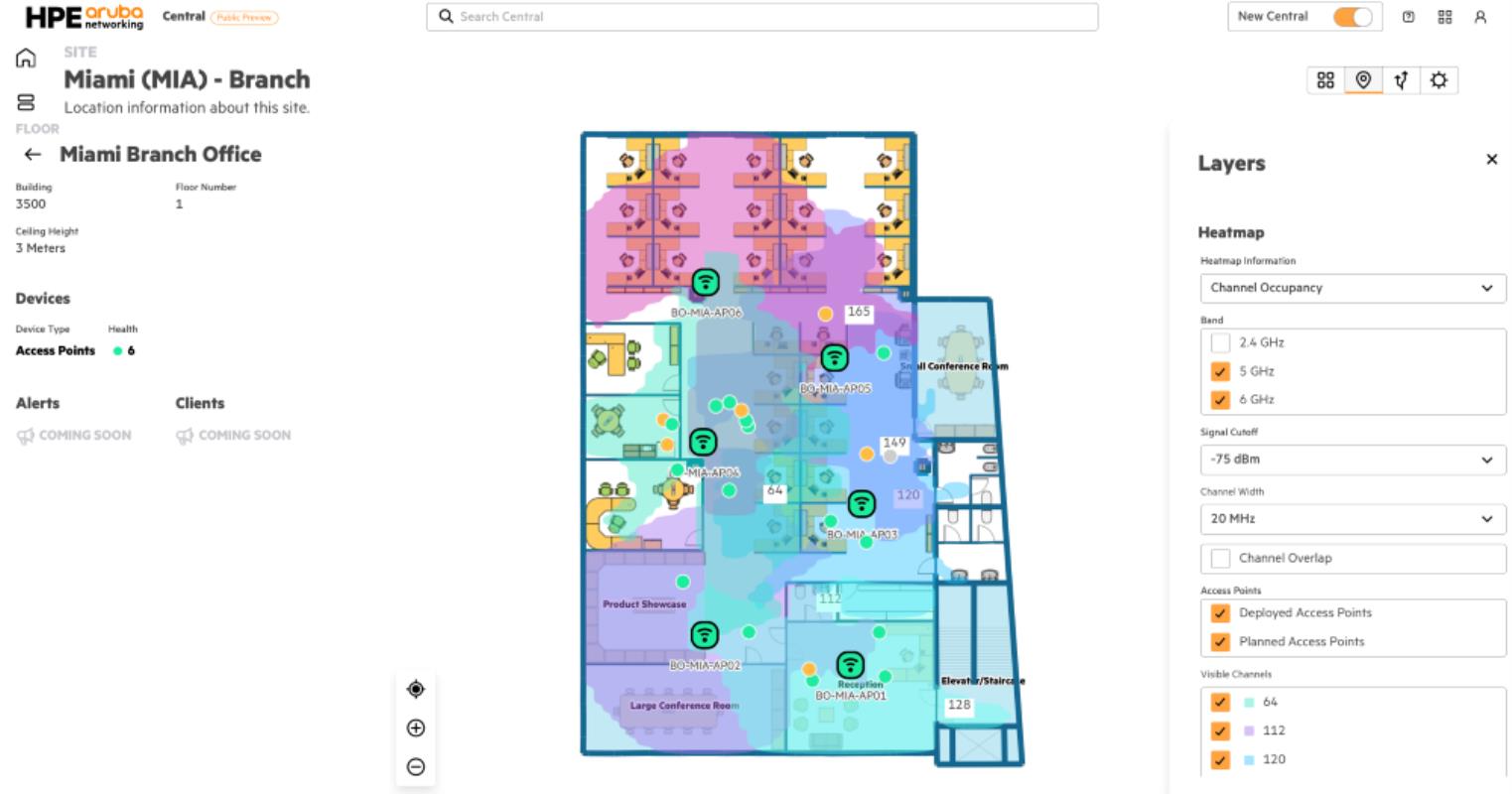
The Europe Green Hydrogen Market is expected to record a positive CAGR of ~40% during the forecast period (2022-2030), due to the rising demand for renewable energy sources, notably in electricity generation. The ongoing COVID-19 pandemic has benefited the green hydrogen industry, notably in 2020, by intensifying the trend toward decarbonization by minimizing hydrocarbon demand. Unlike grey and blue hydrogen, green hydrogen is generated by transmitting renewable energy through an electrolyzer, which separates water molecules into hydrogen gas and oxygen.
Rising demand for cleaner energy from all major industry sectors and escalating environmental issues arising from carbon emissions are major growth drivers for Europe’s Green Hydrogen market. For instance, according to Eurostat, a statistical office of the European Union located in Luxembourg, renewable energy sources accounted for 37% of total EU electricity consumption in 2020, up from 34% in 2019.
In addition, wind and hydropower accounted for more than two-thirds of total renewable electricity generation (36% and 33%, respectively), while solar power increased from 1% in 2008 to 8% in 2020.
Emergence of advanced electrolysis technologies is likely to create opportunities for a wide range of industries/sectors in the forthcoming years to reliably produce green hydrogen at a low cost from outages and evolving renewable energy sources. For instance, the EU hydrogen strategy proposed by the European Commission, plans for increasing renewable hydrogen production via electrolysis to 10 million tonnes of hydrogen by 2030, with an installed capacity of 40 gigatonnes (GW) electrolyzers.
The high cost of producing hydrogen in comparison to fossil fuel equivalents is the most significant barrier to widespread green hydrogen adoption.


























































































